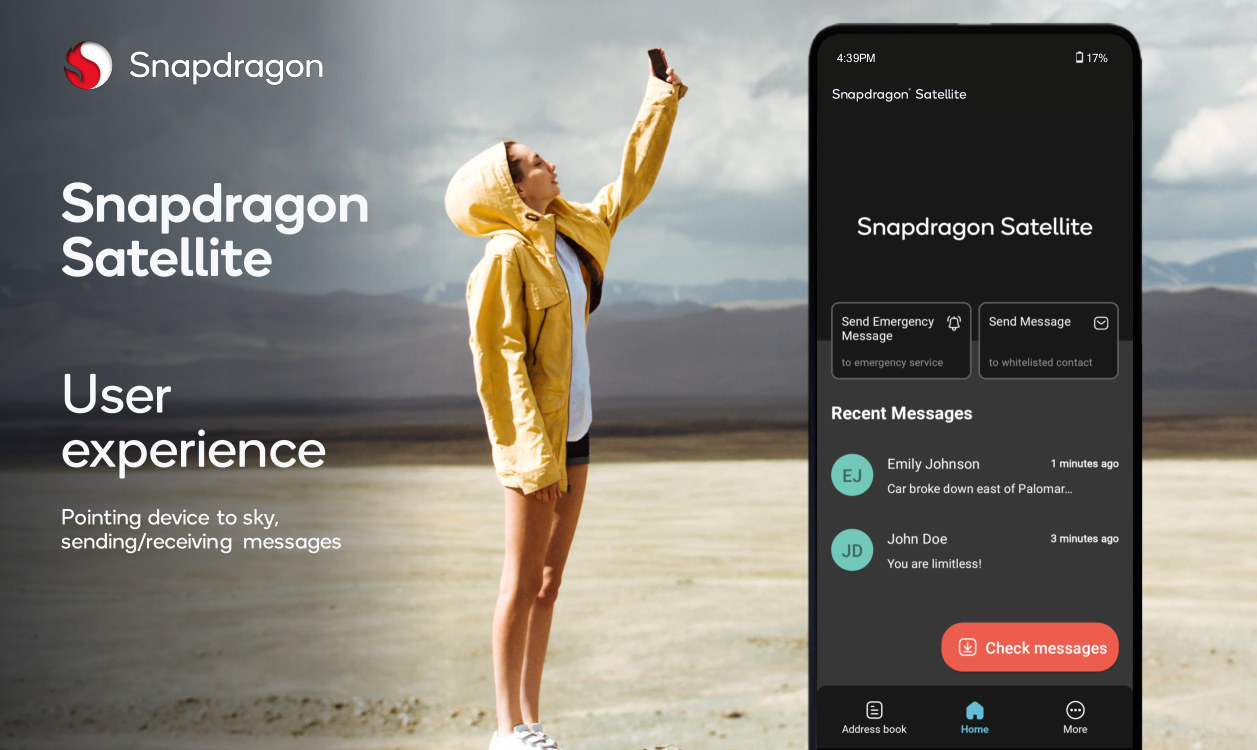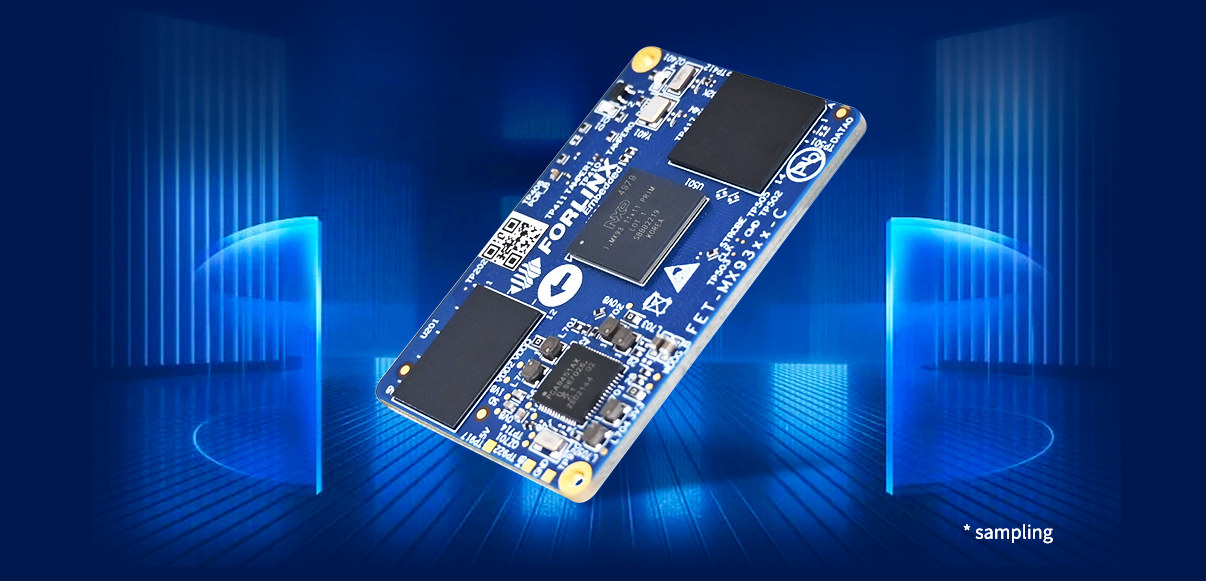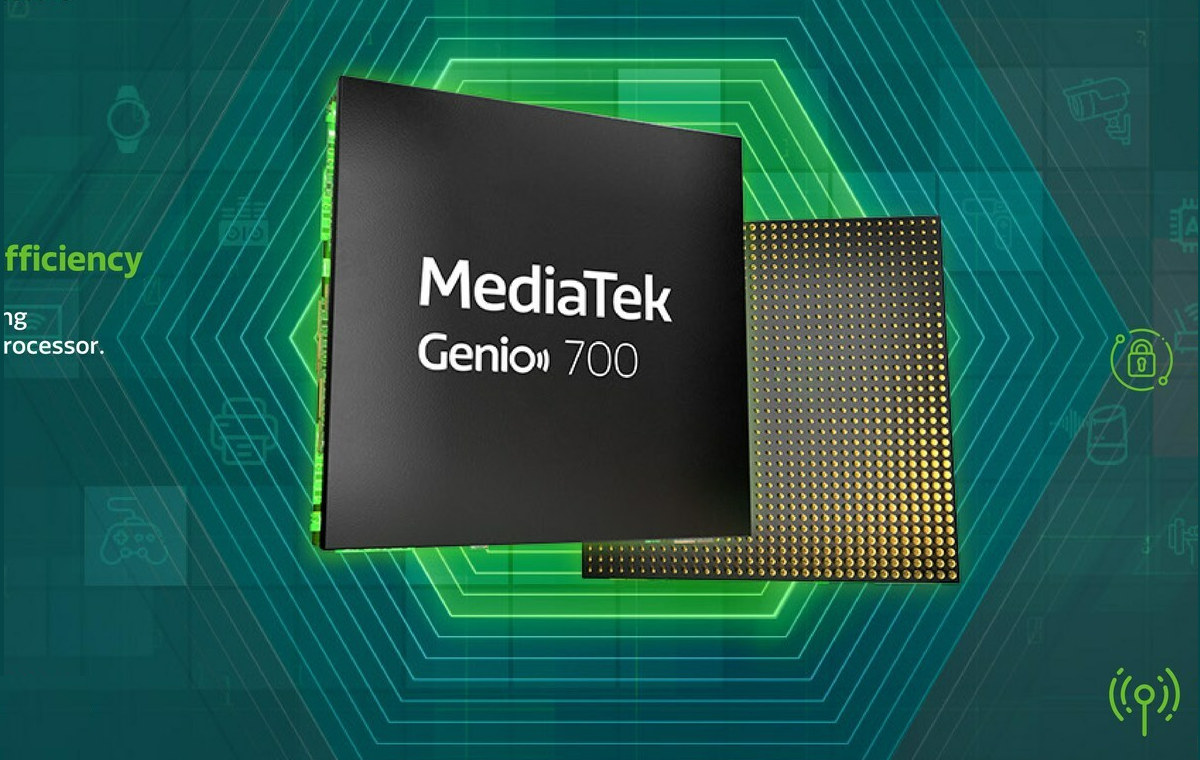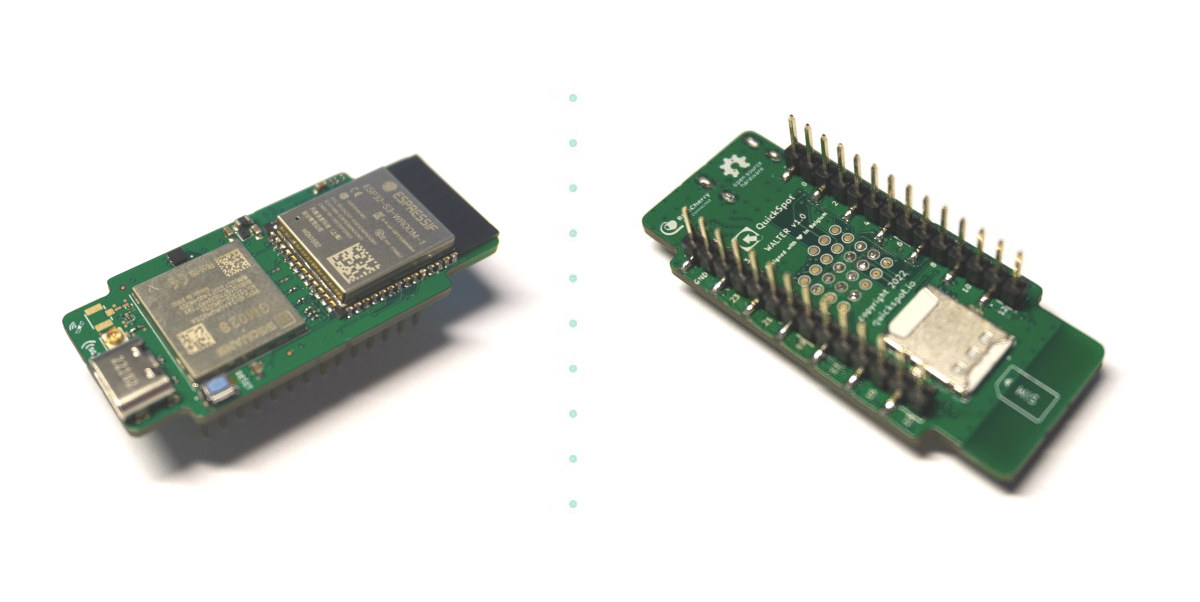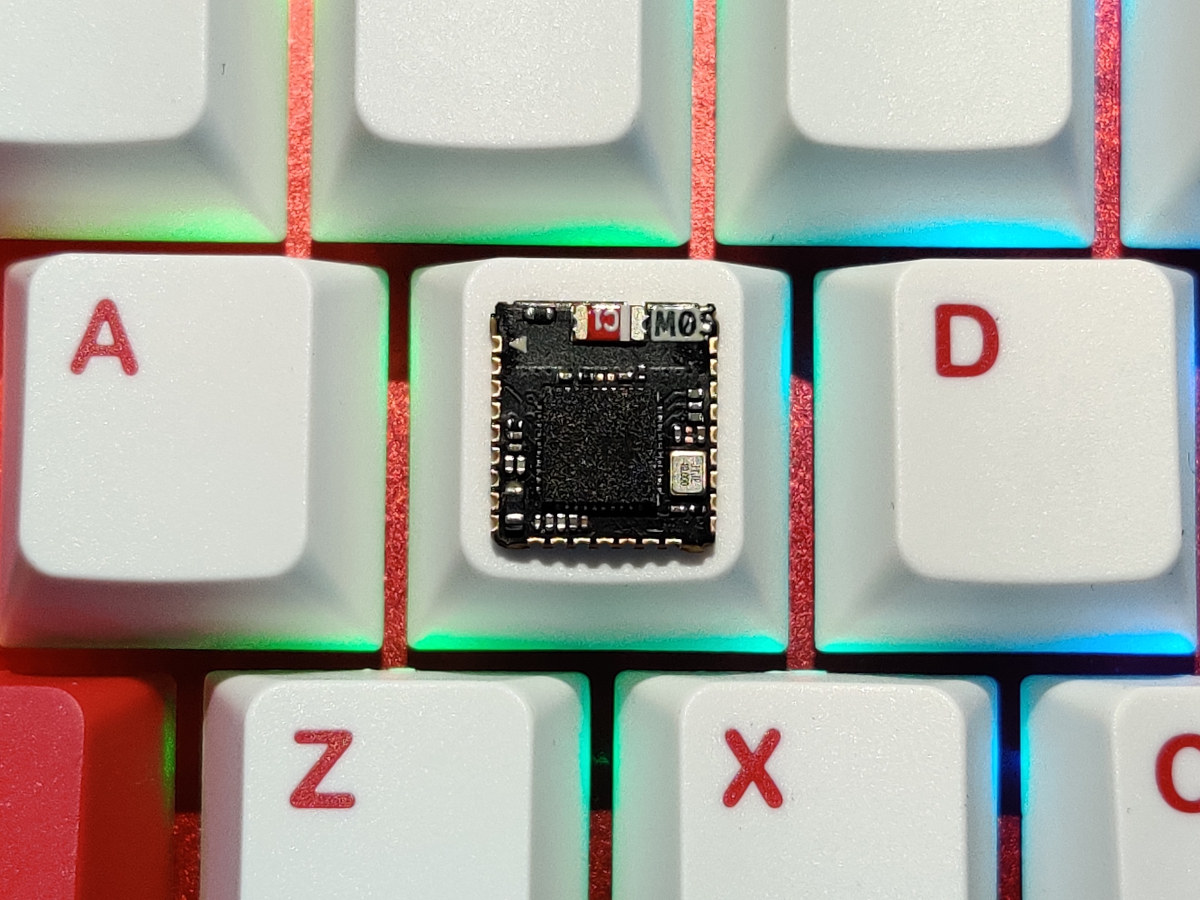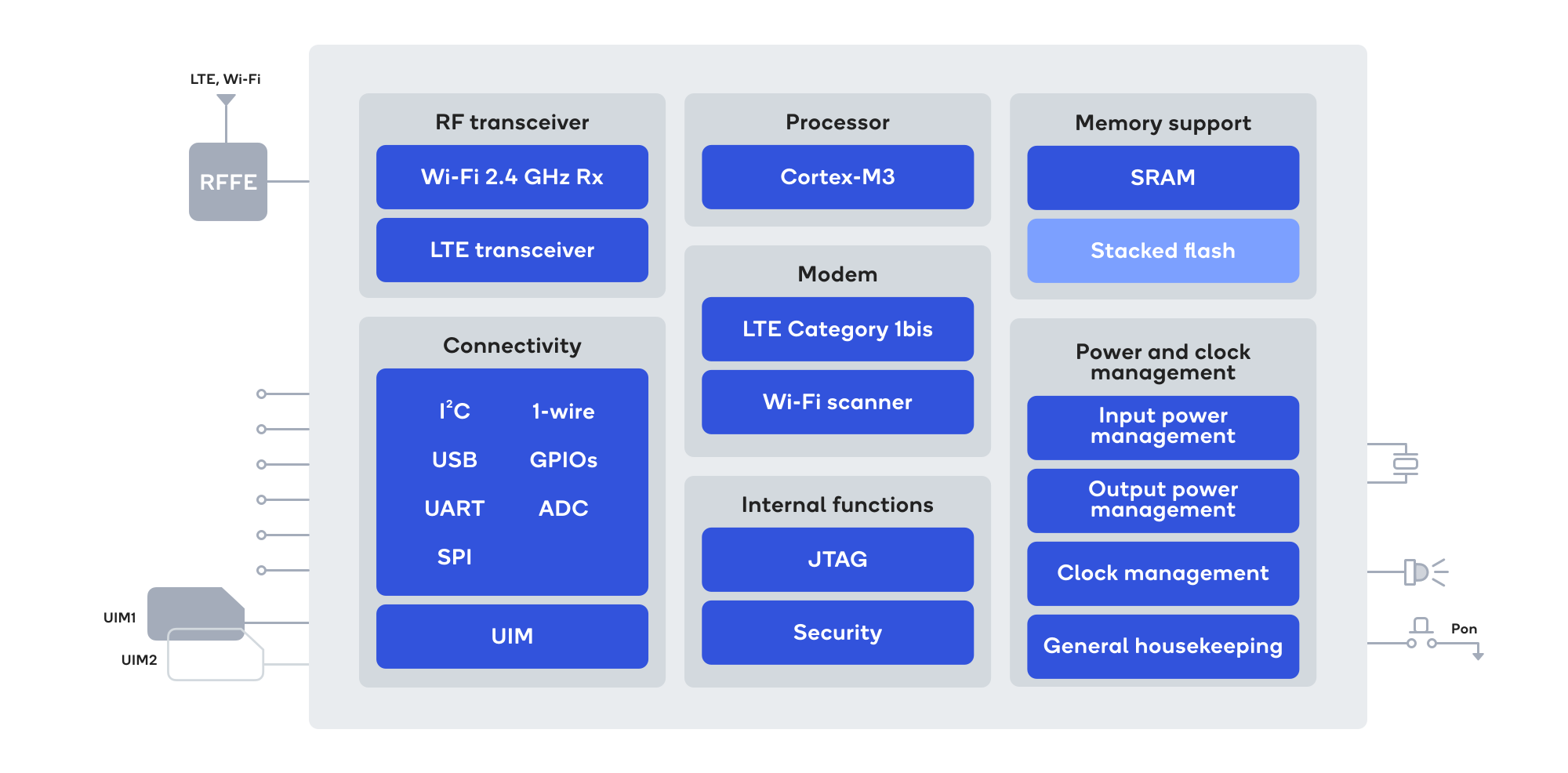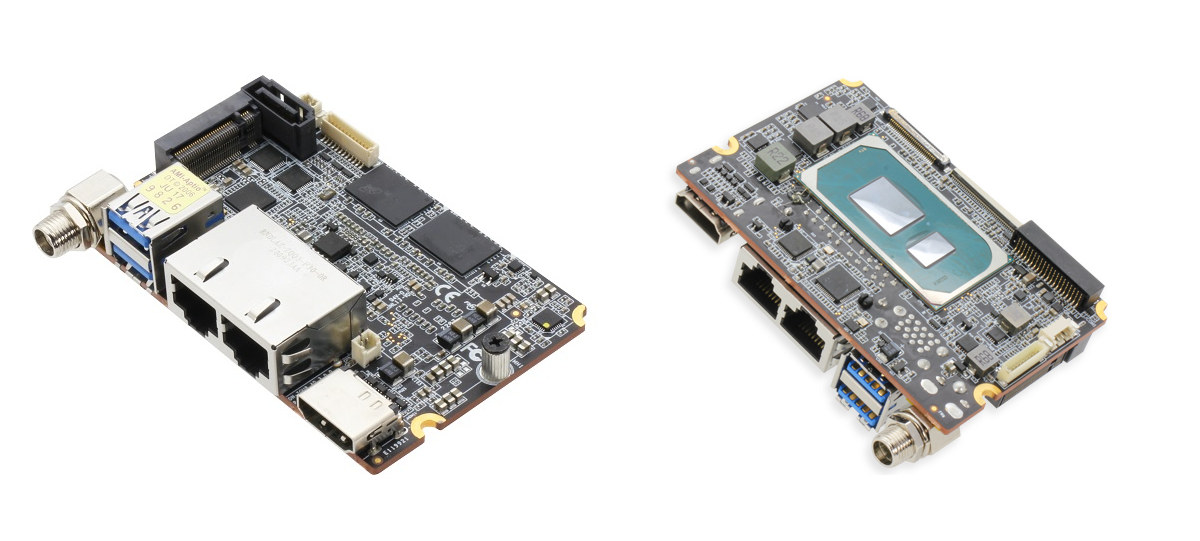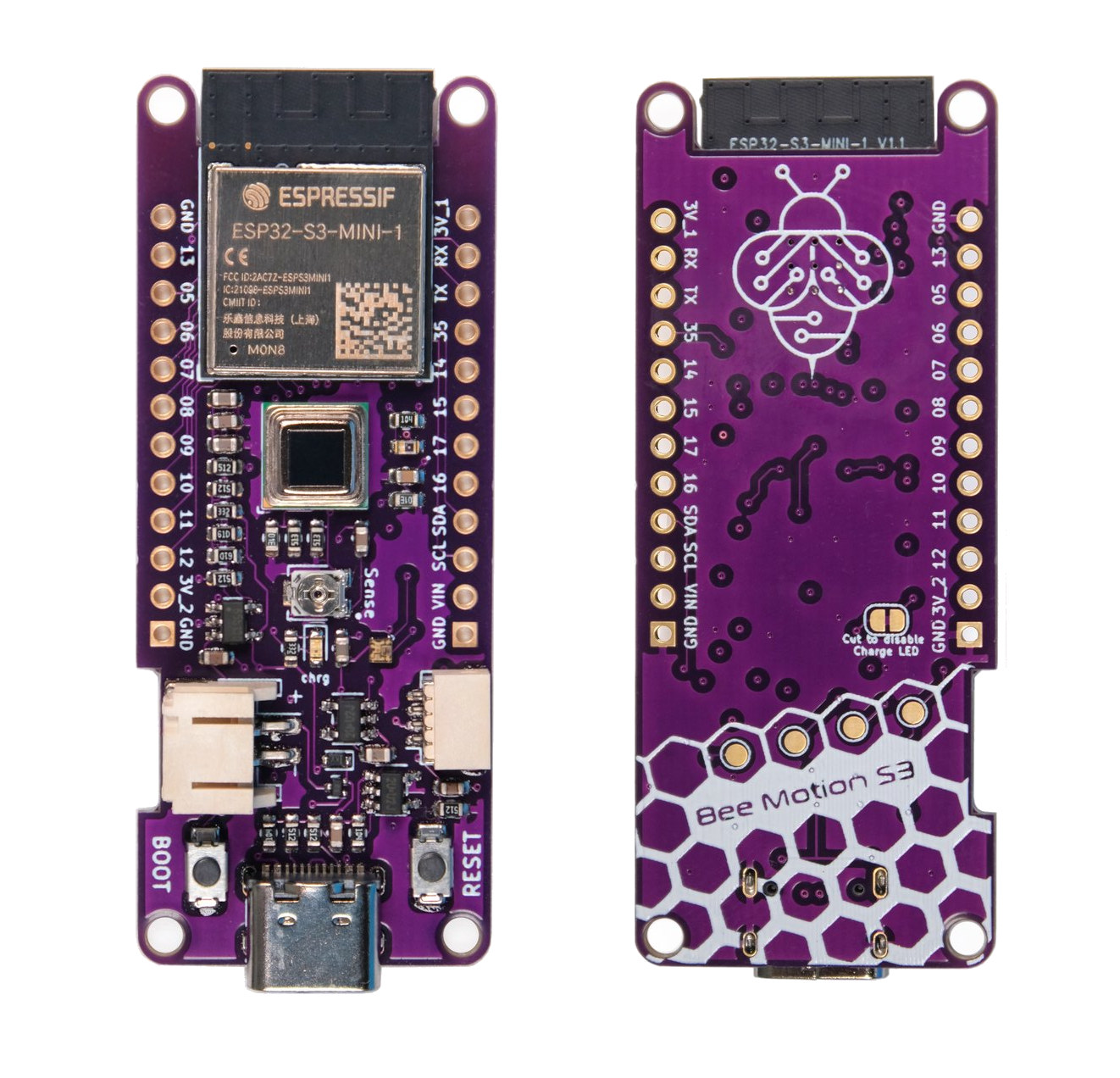You may soon be able to get true global coverage even in remote areas thanks to Qualcomm Snapdragon Satellite which will offer pole-to-pole coverage and two-way messaging for emergency use, SMS texting, and other messaging applications. Qualcomm made this possible through a partnership with Iridium to bring satellite-based connectivity to next-generation premium Android smartphones starting with devices based on Snapdragon 8 Gen 2 Mobile Platform, while emergency messaging support was done in collaboration with Garmin. You’ll just need to point your phone to the sky to send and/or receive messages, and the connection should take place within a few seconds. Note it can only be used for text, and the bandwitdh would not be sufficient for audio, pictures, and videos. The solution relies on Snapdragon 5G Modem-RF Systems such as the Snapdragon X70 modem to connect to the Iridium low-earth orbit satellite constellation using the L-band spectrum (1 to 2 […]
Forlinx FET-MX9352-C – An NXP i.MX 9352 system-on-module for industrial AIoT applications
Forlinx FET-MX9352-C is a system-on-module based on NXP i.MX 9352 dual Cortex-A55 processor with Cortex-M33 real-time core and a 0.5 TOPS AI accelerator that can be used for industrial control, IoT gateways, medical equipment, and various applications requiring machine learning acceleration. The FET-MX9352-C follows last week’s announcement of the iWave Systems iW-RainboW-G50M OSM module and SBC with a choice of NXP i.MX 93 processors. The Forlinx module comes with two board-to-board connectors instead of solderable pads and can be found in the OK-MX9352-C single board computer with dual GbE, various display and camera interfaces, RS485 and CAN Bus, etc… FET-MX9352-C i.MX 9352 system-on-module Specifications: SoC – NXP i.MX 9352 with 2x Arm Cortex-A55 cores @ up to 1.7GHz (commercial) or 1.5 GHz (industrial), Cortex-M33 real-time core @ 250 MHz, 0.5 TOPS Arm Ethos U65 microNPU System Memory – 1GB/2GB LPDDR4 RAM Storage – 8GB eMMC flash 2x high-density 100-pin board-to-board […]
MediaTek Genio 700 Cortex-A78/A55 IoT processor targets industrial and Smart Home applications
MediaTek Genio 700 is an octa-core Arm processor with two Cortex-A78 cores, six Cortex-A55 cores, a Mali-G57 GPU, and a 4 TOPS AI accelerator designed for consumer and industrial IoT applications. The new processor is a cost-down version of the Genio 1200 premium AIoT processor introduced last year with four Cortex-A78 and four Cortex-A55 cores. The Genio 700 offers many of the same features but with lower performance/capabilities, including a 3-core GPU and an AI accelerator limited to 4.0 TOPS, as well as support for dual displays up to 4K + Full HD (instead of 2x 4K), and 32MP single cameras (instead of 48 MP). MediaTek Genio 700 specifications: CPU – Octa-core processor with 2x Cortex-A78 cores @ up to 2.2 GHz, 6x Cortex-A55 cores @ up to 2.0 GHz GPU – Arm Mali-G57 MC3 GPU VPU Encoding up to 4Kp60 with H.265/HEVC Decoding up to 4Kp75, AV1, VP9, HEVC, […]
Walter ESP32-S3 board supports NB-IoT, LTE-M, and GPS
QuickSpot Walter is an ESP32-S3 development board with built-in WiFi 4 and Bluetooth LE/Mesh connectivity, as well as NB-IoT, LTE-M, and GNSS support through a Sequans GM02SP 5G IoT modem that appears to be a variant of the Sequans Monarch 2 GM02S with GNSS support. Walter specifications: Wireless modules ESP32-S3-WROOM-1-N16R2 module ESP32-S3 dual-core LX7 microcontroller 2MB QSPI PSRAM 16MB QSPI flash 802.11 b/g/n WiFi 4 up to 150 Mbps with on-board antenna Bluetooth 5 LE up to 2Mbps, Bluetooth Mesh Sequans GM02SP modem LTE Cat M1 (LTE-M) and NB1/NB2 (NB-IoT) GNSS and assisted GNSS using GPS and Galileo constellations NanoSIM for cellular connectivity I/Os 2x 14-pin headers with up to 24x GPIO, UART, VIN, 3.3V, and GND 23x test points 3.3V I/O voltage Power Supply 5V (3.0 to 5.5V) DC via VIN pin 5V via USB Type-C port Dimensions – 55 x 24.8 mm Temperature Range – -40°C to +85°C […]
Bouffalo Lab BL616/BL618 RISC-V MCU supports WiFi 6, Bluetooth 5.2, and Zigbee
Bouffalo Lab BL616/BL618 is a 32-bit RISC-V wireless microcontroller with support for 2.4 GHz WiFi 6, Bluetooth 5.2 dual-mode, and an 802.15.4 radio for Zigbee, Thread, and Matter designed for IoT applications. We first spotted the BL616 RISC-V IoT MCU during the BL602/BL606 announcement in November 2020, but we had virtually no additional information about it so far. It appears both BL616 and BL618 will be launched next month with the main difference between the two being that BL616 has 19 GPIOs and BL618 comes with 35 GPIOs. Bouffalo Lab BL616 and BL618 specifications: MCU core – 32-bit RISC-V CPU (RV32IMAFCP) @ up to 320 MHz with FPU and DSP, 32KB instruction cache & 16KB data cache VPU – MJPEG video encoder Memory – 480KB SRAM, 4KB HBN RAM, embedded 4 or 8MB pSRAM (optional) Storage – 128KB ROM, 4Kb eFuse, embedded 2, 4, or 8MB flash (optional), XIP QSPI […]
Qualcomm QCX216 LTE Cat1 bis IoT-optimized modem integrates WiFi-based terrestrial positioning
Qualcomm QCX216 is a new IoT-optimized LTE Cat1 bis modem with a data rate of up to 10 Mbps at ultra-low power and support for WiFi-based terrestrial positioning thanks to the company’s database of billions of geolocated beacons. LTE Cat1 bis is an update to LTE Cat1 that does not require software and hardware upgrades to the base stations, enables smaller, simpler, and cheaper designs with a single antenna, and delivers higher speeds than LTE Cat M1 typically used in IoT applications. Qualcomm QCX216 LTE IoT modem will be used in smart utility meters, trackers, e-mobility solutions, parking meters, home automation and security equipment, and other location-based solutions. Qualcomm QCX216 specifications: SoC – Qualcomm 216 LTE IoT modem with dual-core Cortex-M3 @ 204 MHz, cellular modem-RF Wireless Cellular Peak Download Speed: 10 Mbps Peak Upload Speed: 5 Mbps Cellular Technology: Rel.14 LTE, Global LTE Cat 1bis Multi SIM: Dual SIM/eSIM […]
Business card-sized SBC ships with Intel Core Tiger Lake or AMD Ryzen V2000 processor
We’ve recently reviewed the UP 4000 SBC as a more powerful x86 alternative to Raspberry Pi 4, but if it still does not cut it, AAEON de next-TGU8 or de next-V2K8 should, as the business card-sized single board computers (SBC) are equipped with respectively an Intel Tiger Lake processor up to a Core i7-1185G7E, and an AMD Ryzen Embedded V2000 SoC up to Ryzen Embedded V2516. But the comparison stops at the size, as both SBCs offer sets of features different from the usual Raspberry Pi form factor with notably up to 16GB RAM, SATA and NVMe storage, dual Ethernet (1x 2.5GbE, 1x Gigabit Ethernet), dual 4K display output via HDMI and eDP, some USB 3.2 ports, as well as serial and I/O interfaces via headers. de next-TGU8/V2K8 SBC specifications: SoC de next-TGU8 Intel Core i7-1185G7E quad-core/octa-thread processor @ 1.80GHz / 4.40GHz with Intel UHD graphics; TDP: 15W (TPD up: […]
Bee Motion S3 – An ESP32-S3 board with a PIR motion sensor (Crowdfunding)
The Bee Motion S3 is an ESP32-S3 WiFi and Bluetooth IoT board with a PIR motion sensor beside the more usual I/Os, Qwiic connector, USB-C port, and LiPo battery support. It is at least the third PIR motion wireless board from Smart Bee Designs, as the company previously introduced the ESP32-S2 powered Bee Motion board and the ultra-small Bee Motion Mini with an ESP32-C3 SoC. The new Bee Motion S3 adds a few more I/Os, a light sensor, and the ESP32-S3’s AI vector extensions could potentially be used for faster and/or lower-power TinyML processing. Bee Motion S3 specifications: Wireless module – Espressif Systems ESP32-S3-MINI-1 module (PDF datasheet) based on ESP32-S3 dual-core Xtensa LX7 microcontroller with 512KB SRAM, 384KB ROM, WiFi 4 and Bluetooth 5.0 connectivity, and equipped with 8MB of QSPI flash and a PCB antenna USB – 1x USB Type-C port for power and programming Sensors PIR sensor S16-L221D […]


